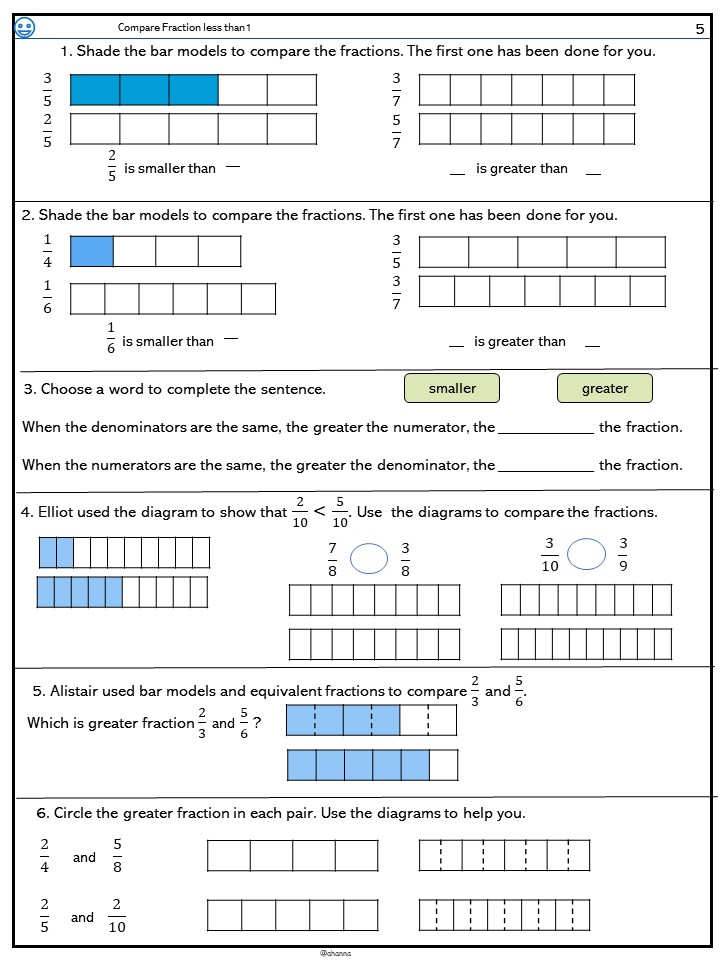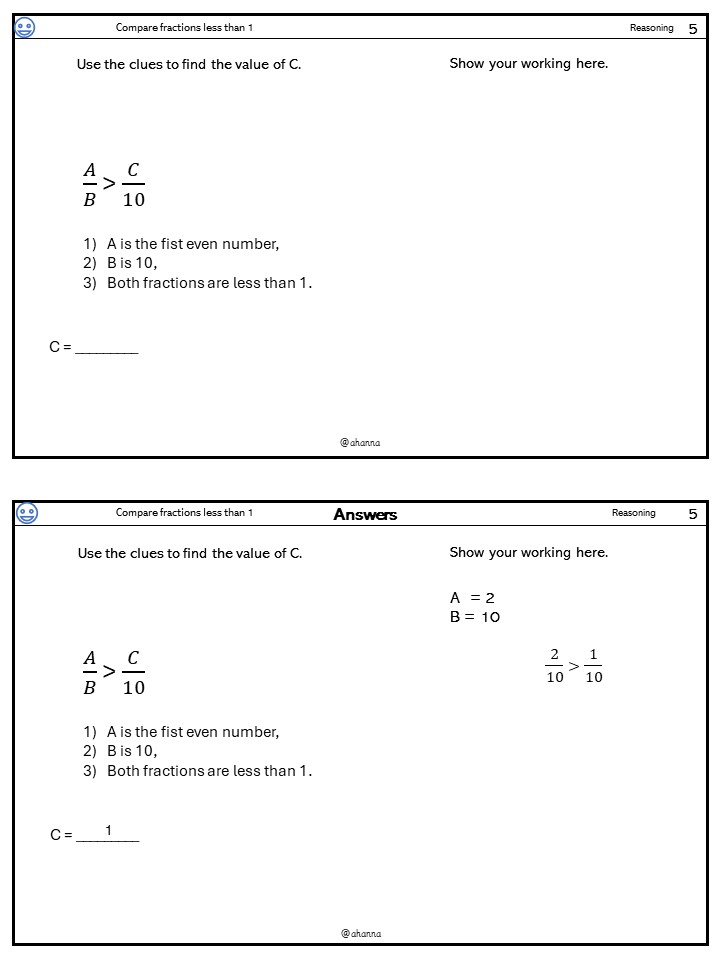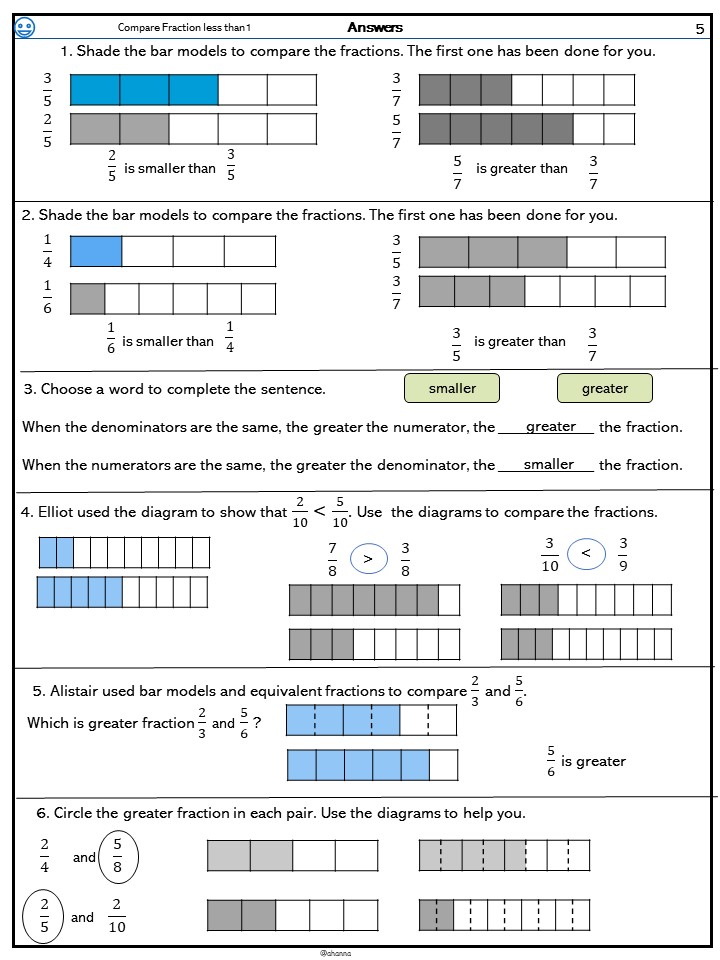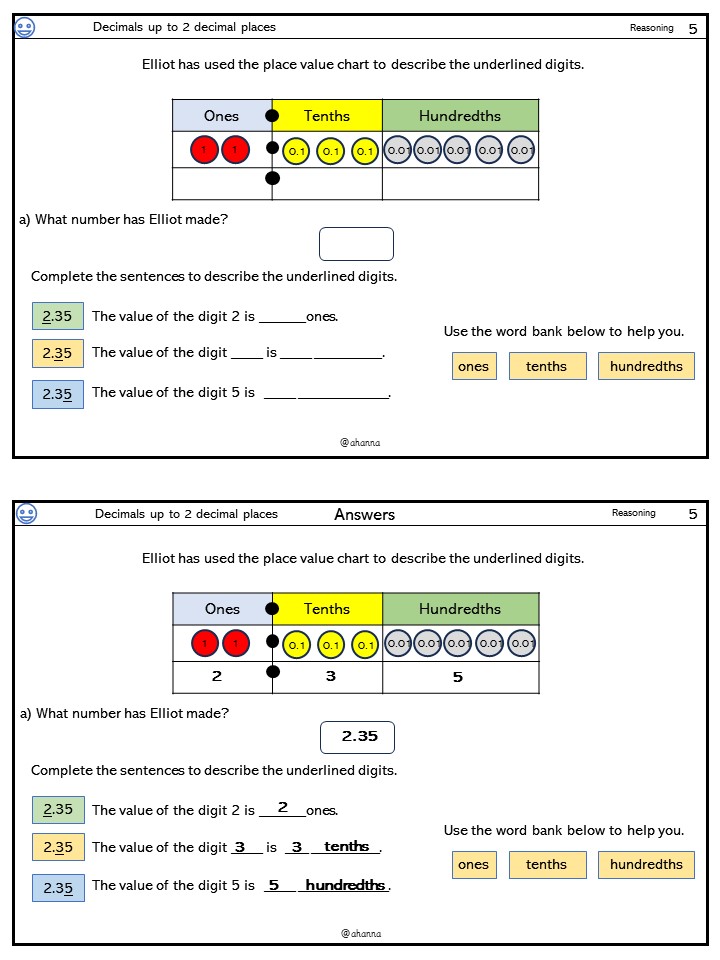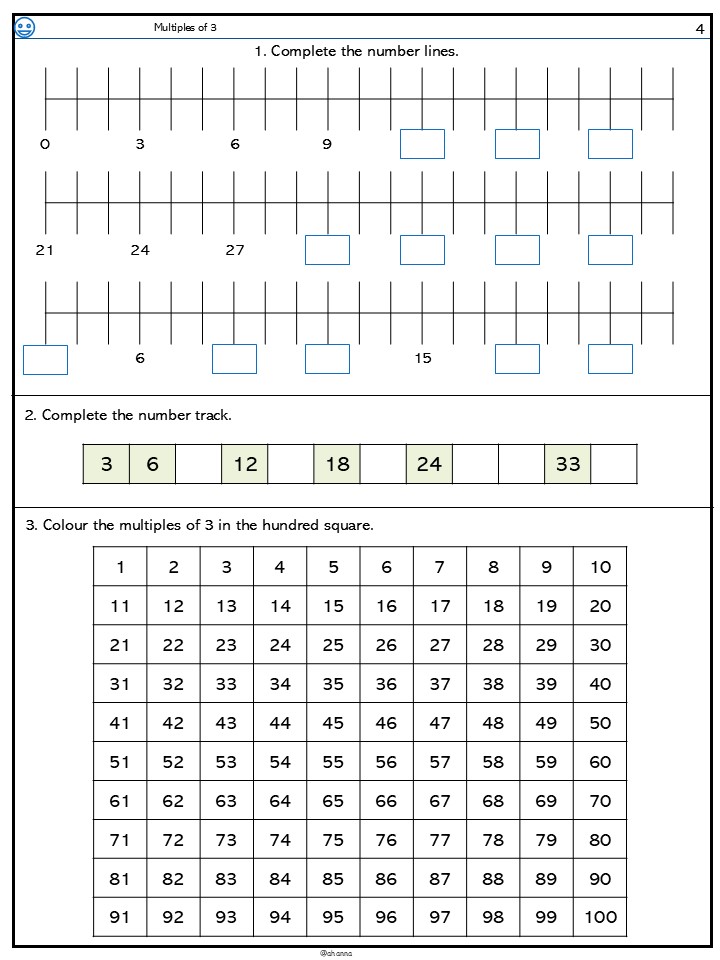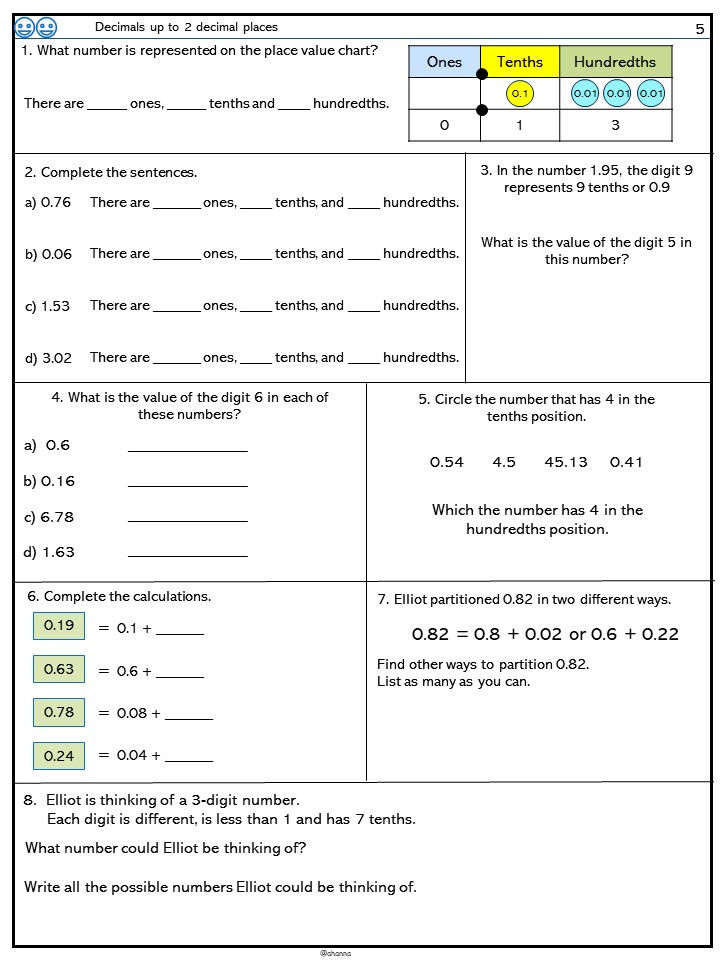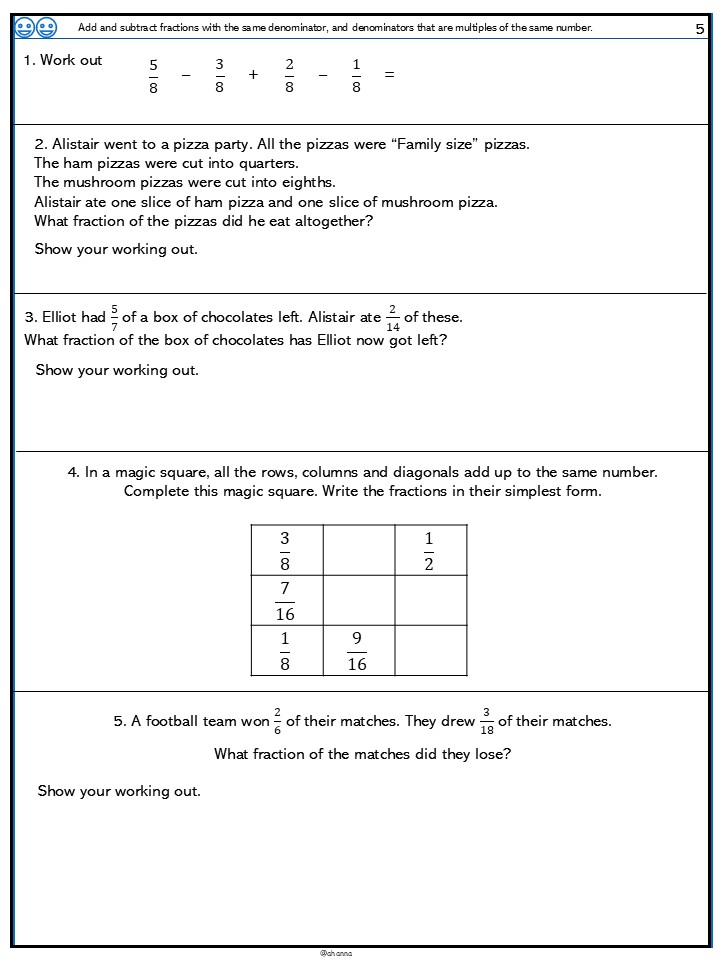Year 5 Compare fractions less than 1 foundation with answers
These are PFD files that you can print off at home.
Children use their knowledge of equivalent fractions.
In these worksheets, children compare fractions where the denominators are the same or where one denominator is a multiple of the other. They also compare fractions with the same numerator or by considering their position relative to one half.
Diagrams will help children to see which is the larger fraction and they should continue to use fraction walls and bar models until they are confident with the general rules.
Children compare fractions where the denominator or numerators are the same. Examples and bar models support them. They find the equivalent fractions by using the bar models.
If two fractions have the same denominator/numerator, how can
You can support your child with these questions:
Can you decide which is greater?
How can you use equivalent fractions to help?
How can you use a diagram to find equivalent fractions?
Do the bars need to be the same size?
Children may mix up the meanings of the > and < symbols.
In particular, they sometimes do not realise that statements such as 1/2 > 1/3 and 1/3 < 1/2 say the same thing even though the signs are different.
When comparing fractions, children may focus solely on the numerators or the denominators. Children may incorrectly think that since 7 > 6, 5/7 > 5/6
Some support sentences might help your children to answer these questions:
__ is greater than one half, and ___ is less than one half, so ___ is greater than ___ .
When two fractions have the same denominator, the one with the ___ numerator is the greater fraction.
When two fractions have the same numerator, the one with the ___ denominator is the greater fraction.


